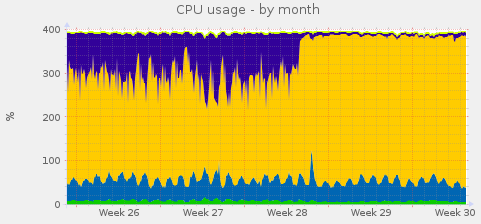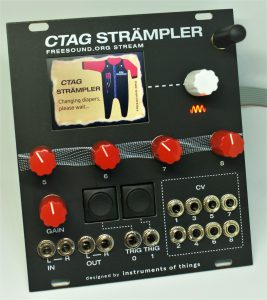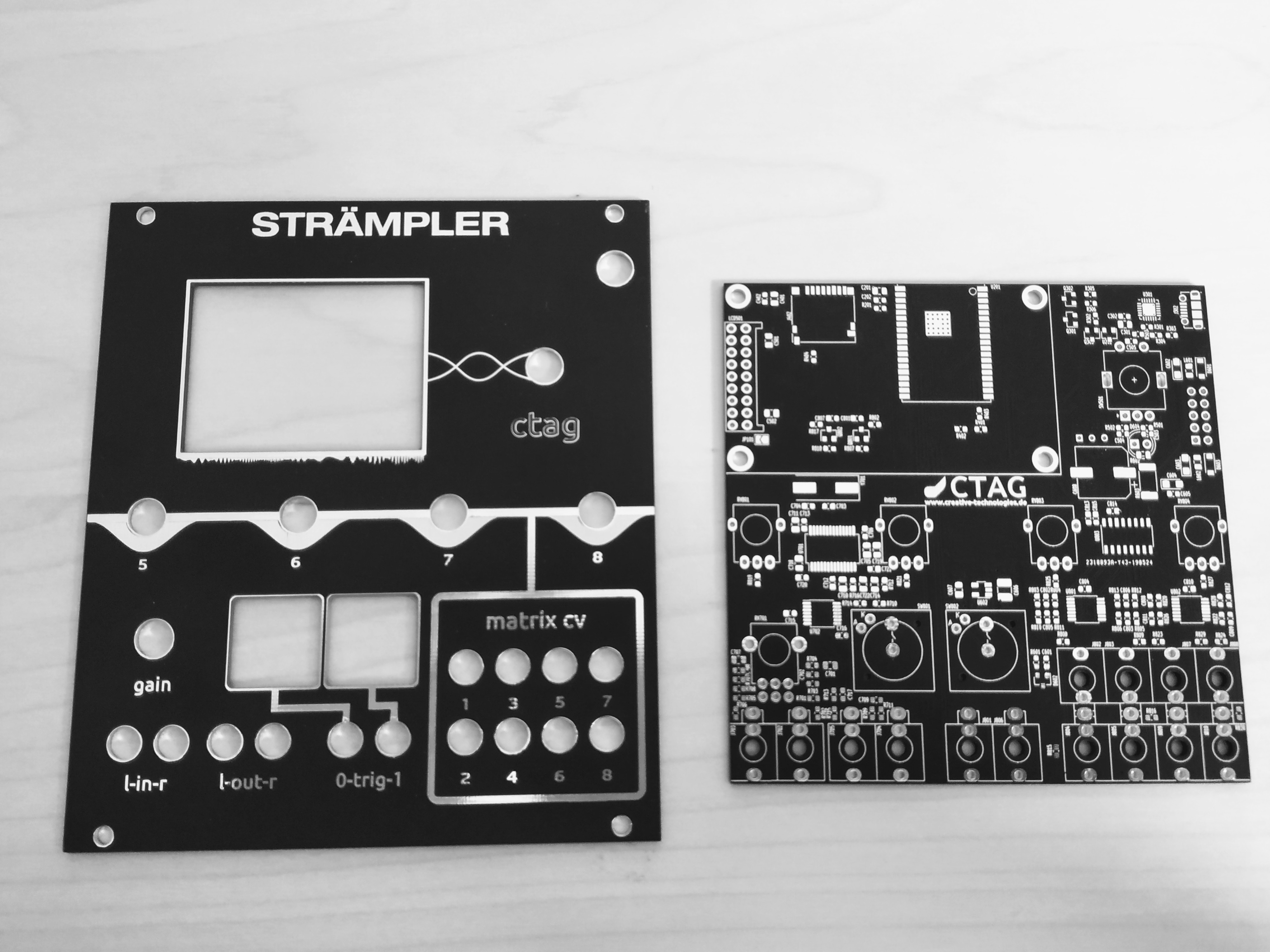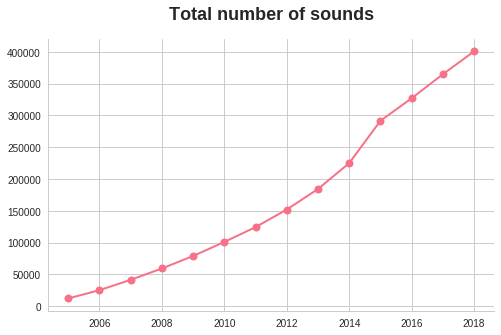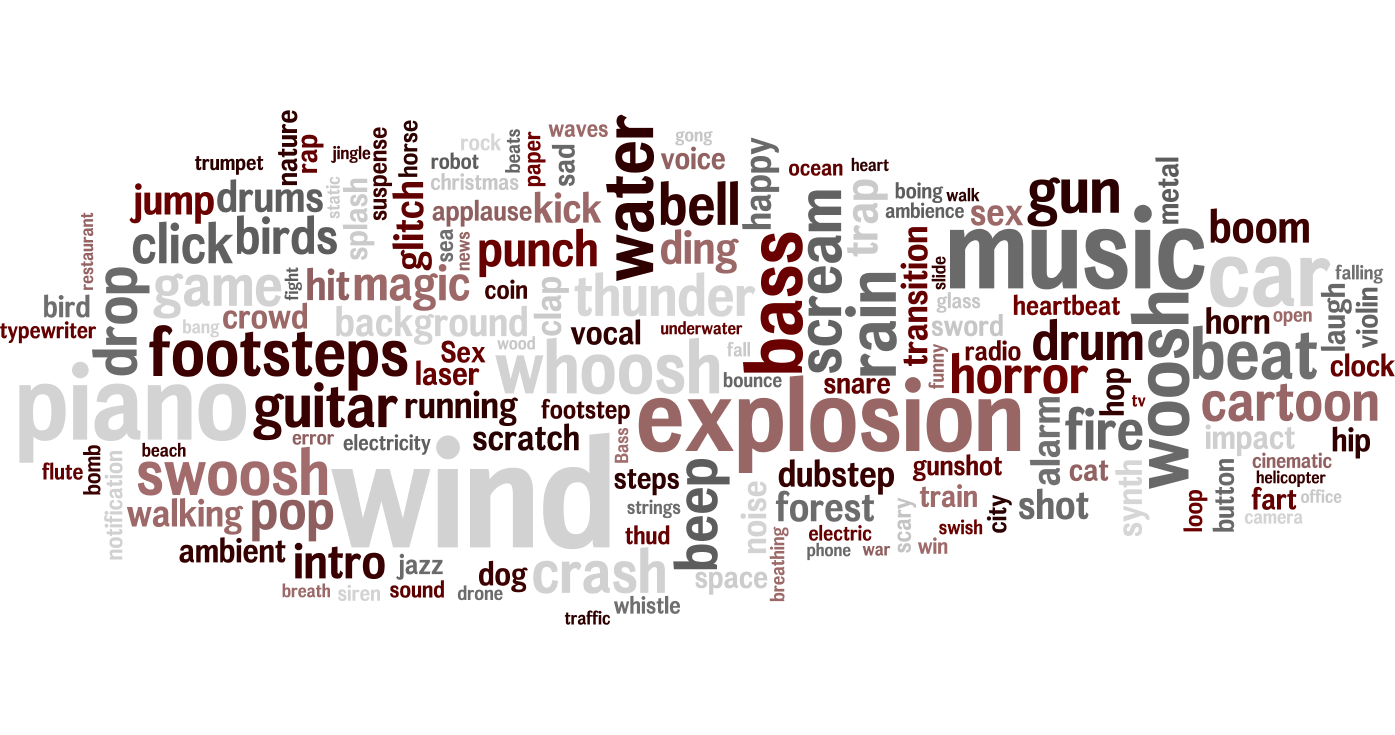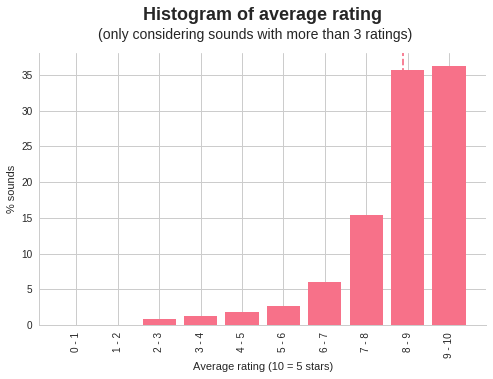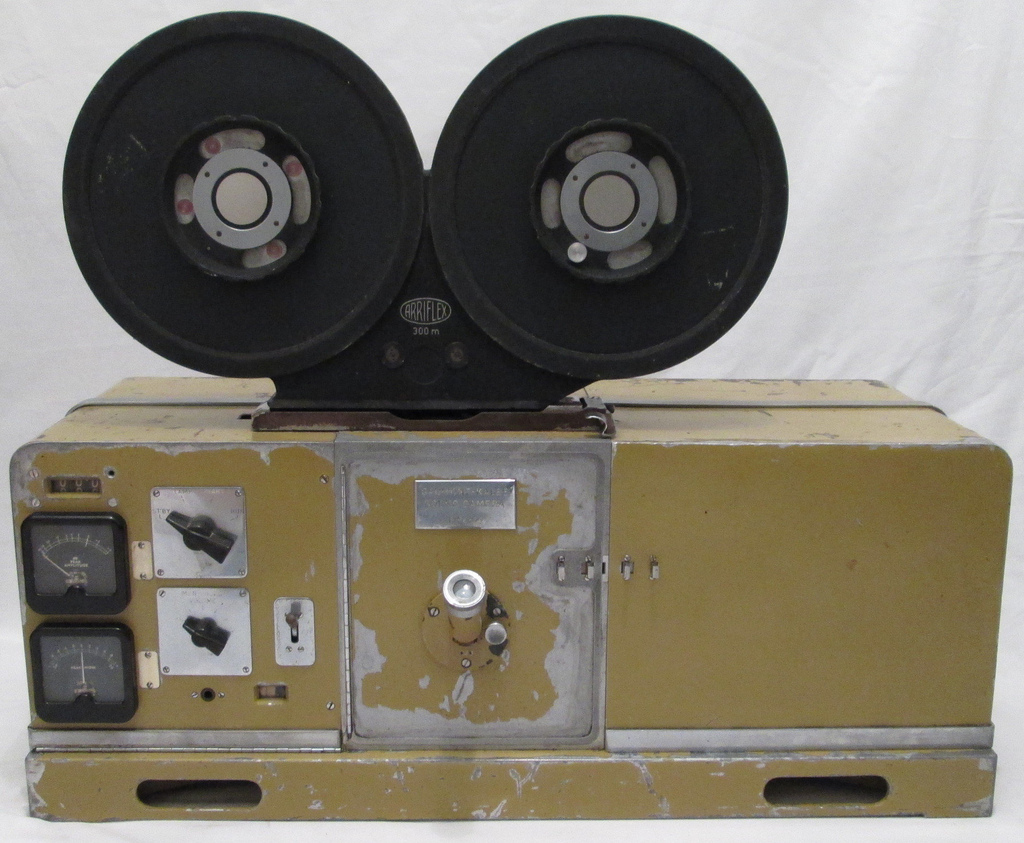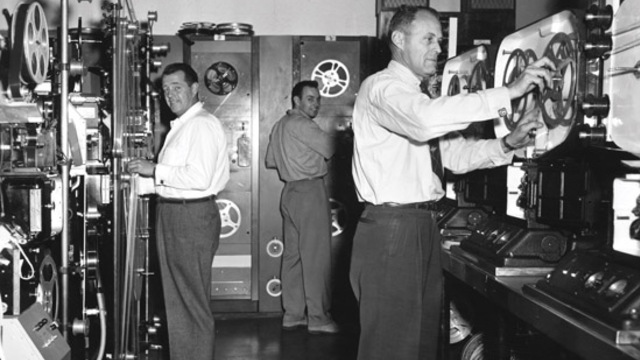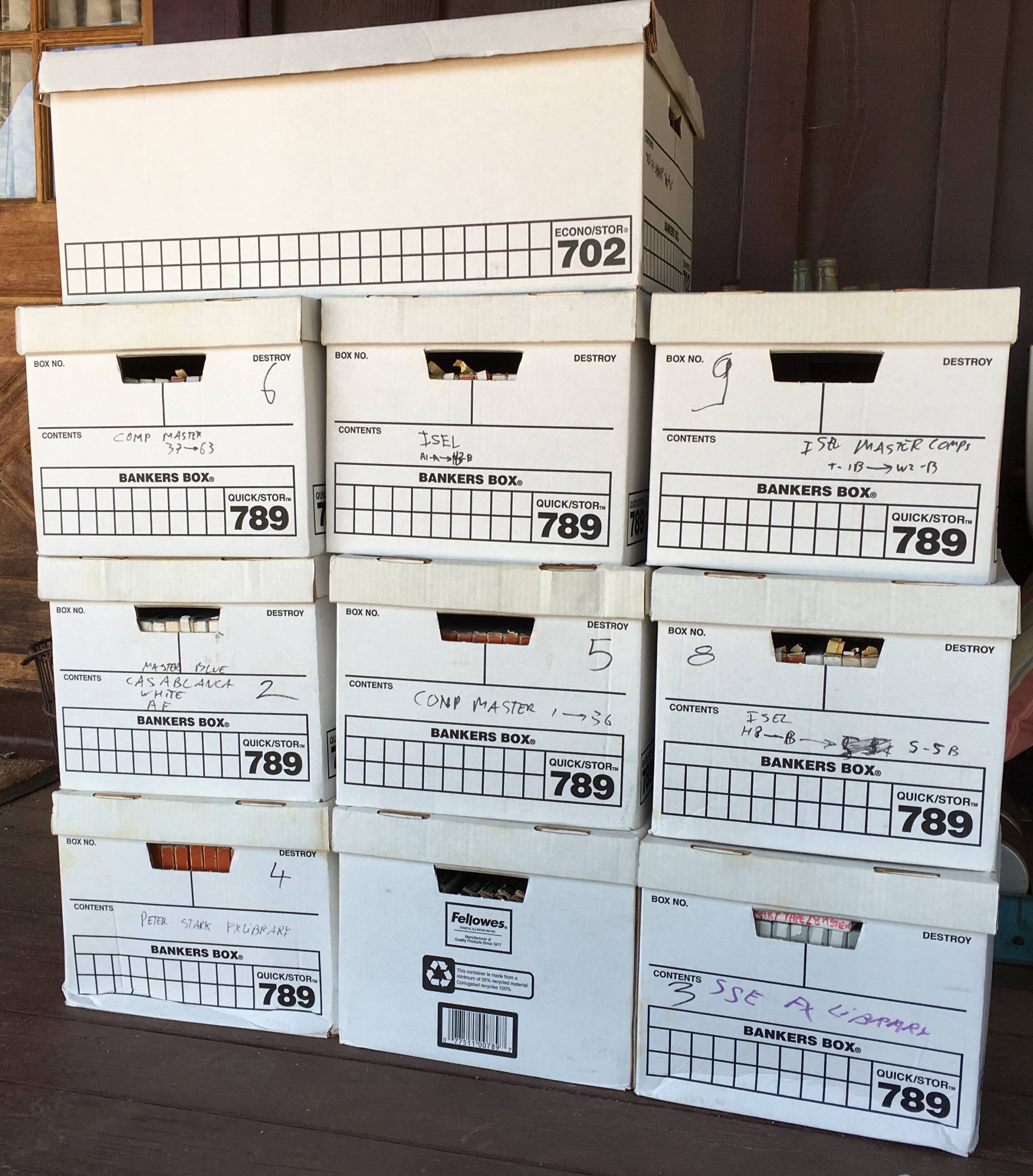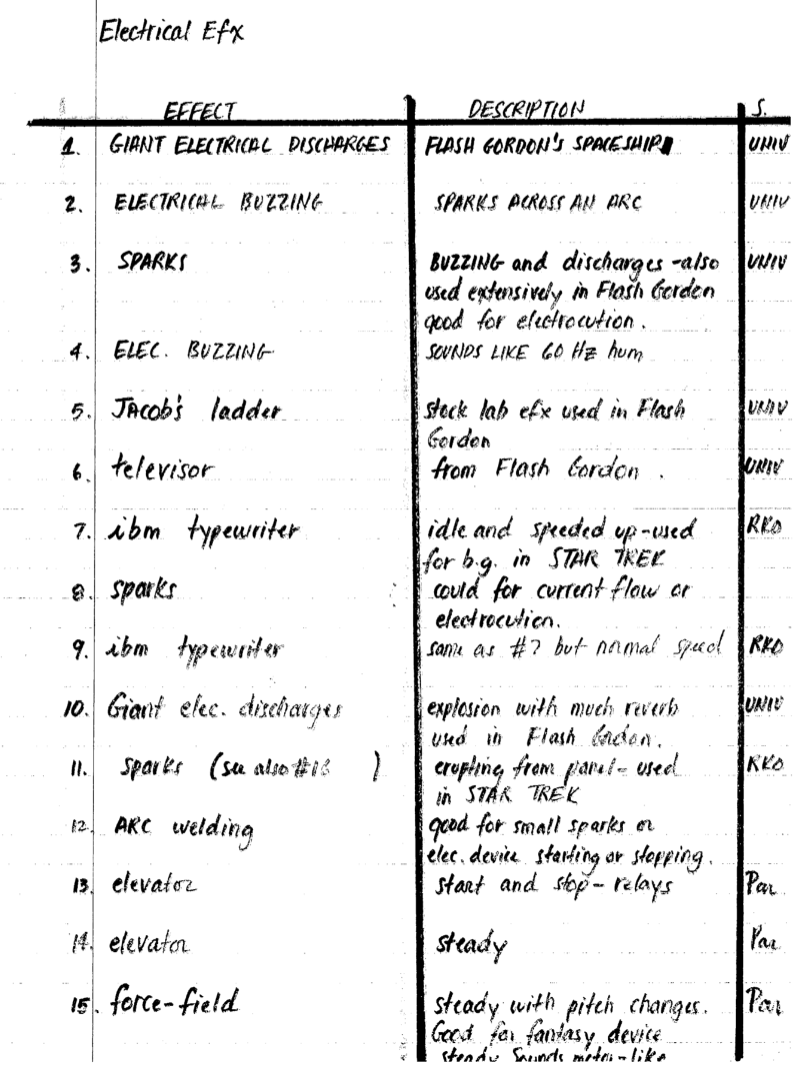Hi everyone,
A new year has started and here is our traditional year in numbers post in which we give you some statistics about last year’s Freesound activity. As usual, we will show some general statistics similar to those shown in previous years’ posts, and also extend a bit on a specific topic which, in this year’s post, is about uploaders. But let’s get started! The number of new sounds uploaded during 2019 was…
41,450 new sounds!
which corresponds to…
772 hours of audio!
Wow! That’s around 5,000 more sounds and 85 more hours of audio compared with 2018. Fun fact, the average sound length for 2019 is somewhere between that of 2017 and 2018, but the overall tendency we observed last year of recently uploaded sounds being longer than those uploaded years ago, still seems to be a thing. Any ideas why this could be the case?
Let’s move to something else. Here is the distribution of licenses of these 41k newly uploaded sounds:

Pretty similar to last year’s distribution, which in its turn was quite similar to the previous year’s distribution (but not quite the same as the year before that!). In summary, Creative Commons 0 is still by far the most used license.
In total, Freesound currently hosts an amazing total of 441,075 sounds, very close to the 450k mark! 🎉 Here is the evolution of the total number of sounds since the beginning of Freesound, and a prediction for the future:
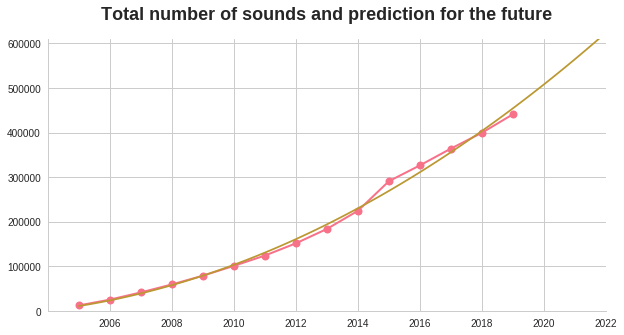
Yeah, going strong! The prediction seems to indicate we might pass 500k uploaded sounds by the end of 2020. We might need some big collections to be uploaded because it looks like the prediction is biased because of the huge modular samples library uploaded in 2015 (see the more stepped line in the middle of the plot). But hey, why not? Let me dare you all to get Freesound to 500k uploaded sounds in 2020!
And now to another classic statistic from this series of posts: to listen to the whole Freesound recordings would now require 274 days and 6 hours of your life. Not bad huh? This is unless you use the <shameless self promotion mode on> Freesound Timeline app which will allow you to go much faster 😉 <shameless self promotion mode off>.
The newly uploaded 41,450 sounds in 2019 conform a very similar tag cloud to that of last year:

Again, there seems to be balance between field-recording and related tags on the one hand (ambient, soundscape), and music related tags on the other (synth, loop, percussion). Also, there are some generic tags like synth, effect, and, of course, sound, which are also used a lot. Interestingly enough, two very specific tags appear reasonably sized in the tag cloud above: czech and panska. These are all used for sounds uploaded by users with similar names. I imagine this is part of some assignment in an educational programme in the Czech Republic. Maybe from this school? If someone knows more, tell us in the comments! Those sounds add up to almost 3,000 and the audio is great! (but descriptions could definitely be better, hmmm…). Here’s one nice example:
Now let’s talk about uploaders. Uploaders, meaning the users that have uploaded at least 1 sound to Freesound, represent approximately the 2? of registered Freesound users. What? Note that ? (per-mille) is not % (per-cent). This means that only 2 out of every 1000 users have uploaded at least one sound. This is a rather unbalanced ratio, but it is in fact quite similar to what’s found in other websites where users upload content: the number of consumers is always much much much larger than the number of producers. This makes Freesound’s 24k uploaders its scarcest yet most precious asset 🙂 Let’s look into how many sounds are uploaded by each of the uploaders:
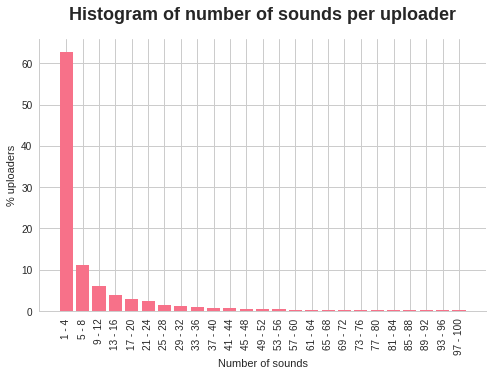
This histogram should be read like ?more than 60% of the uploaders in Freesound have uploaded less than 5 sounds?, ?around 10% of the uploaders have contributed between 5 and 8 sounds?, “5% of the uploaders have uploaded between 9 and 12 sounds ” and so on. The average is of 18.5 sounds per uploader. This means that there are a lot of users who upload few sounds, and few users who upload a lot of sounds. Again, a classic behaviour observed in user contributing websites like Freesound. And who are these few users who uploaded lots of sounds during 2019? See here the ranking of uploaders by number of sounds and by duration:
| Username | # uploaded sounds | Username | uploaded time (hours) | ||
| #1 | Erokia | 2814 | #1 | W1ZY | 63 |
| #2 | PhonosUPF | 1776 | #2 | klankbeeld | 39 |
| #3 | craigsmith | 1554 | #3 | awaka | 26 |
| #4 | Joao_Janz | 1309 | #4 | janrou | 24 |
| #5 | proyectosonidosias | 697 | #5 | kevp888 | 19 |
| #6 | nereatruiz | 508 | #6 | ayamahambho | 16 |
| #7 | klankbeeld | 323 | #7 | craigsmith | 12 |
| #8 | SpaceJoe | 303 | #8 | felix.blume | 11 |
| #9 | _Linus_Sebastian | 280 | #9 | kyles | 10 |
| #10 | Tom_McLaughlin | 276 | #10 | tim.kahn | 10 |
| #11 | awaka | 273 | #11 | FREITOJOS | 9 |
| #12 | bitlab_coop | 260 | #12 | gis_sweden | 9 |
| #13 | toiletrolltube | 257 | #13 | Erokia | 9 |
| #14 | soneproject | 252 | #14 | richwise | 8 |
| #15 | Roses1401 | 235 | #15 | inchadney | 8 |
| #16 | lidem_soundfx | 206 | #16 | wjoojoo | 7 |
| #17 | kevp888 | 202 | #17 | Roses1401 | 7 |
| #18 | kyles | 201 | #18 | bitlab_coop | 7 |
| #19 | MATTIX | 189 | #19 | toiletrolltube | 6 |
| #20 | aabbccddee123 | 189 | #20 | MBARI_MARS | 6 |
Some quick notes about this ranking:
- We have Erokia back in the 1st position in the ranking by # uploaded sounds! Also worth mentioning that Erokia is also now part of the awesome team of Freesound moderators 🎉
- You might find it suspicious that PhonosUPF is in the second position (for those who don’t know, Phonos is a foundation linked to the Music Technology Group, where we make Freesound). Well, this is because Phonos is uploading all sorts of instrument sound transformations that were produced during a lifelong career of one of its members, electronic music pioneering in Barcelona. Thanks!
- You might recognize the name of craigsmith from the USC optical sound effects library he started uploading last year. He’s back with more rescued sounds form Hollywood studios, but he’ll tell more you about this in an upcoming blog post.
Looking at the ranking by duration we also see some all time great contributors like klankbeeld, felix.blume, tim.kahn, kyles, and also other names that repeat from previous years ranking (awaka, kevp888, janrou, …). Thanks everyone for your contributions, that’s what really makes Freesound awesome!
Let’s continue with some quick numbers about downloads. The number of sound downloads (including packs) during 2019 was…
20,624,811 downloads!
That’s a new record, 1.6M more downloads than last year:
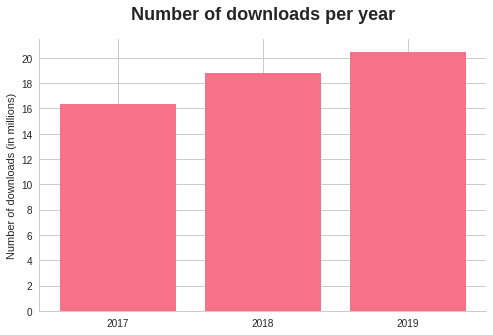
All in all, users have downloaded more than 149M sounds from Freesound! Here is the classic cloud of query terms that are used by Freesound users when searching for sounds:

As you can see it is very very very similar (if not exactly the same) as last year’s one, with wind, music, explosion in the top positions. Also, the interest for piano and car that started last year has been maintained. Surely a lot of interesting information to dig in to here, but now it’s not the time. Maybe in next year’s post!
And to finish the post, let’s now see some more general statistics. In 2019, you sent 19k messages, wrote 1.1k forum posts and made 47k sound comments. Again, very similar numbers to those of 2018. The good news is that sound ratings maintain the increasing tendency of last years, with a total of 168k sound ratings in 2019, 10k more than last year.
That’s it for 2019 in numbers post! Thanks for reading and we hope you enjoy a 2020 full of sounds 🙂
frederic, on behalf of the Freesound Team

